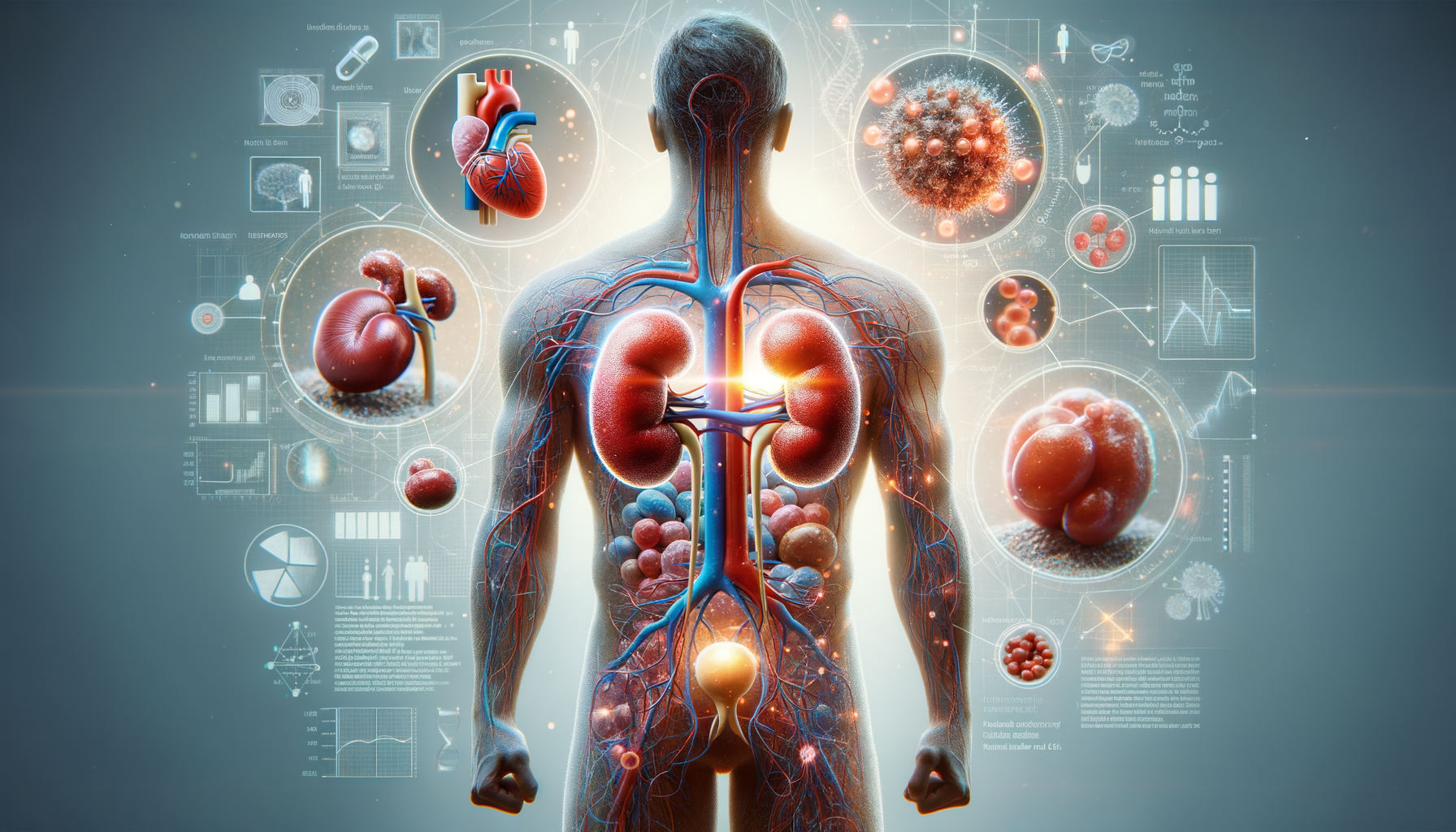Understanding Fatty Liver Disease
Fatty liver disease, medically known as hepatic steatosis, is a condition where excess fat builds up in the liver. This can occur due to various factors, including excessive alcohol consumption or metabolic syndromes such as obesity and diabetes. While the liver naturally contains some fat, it is considered a problem when fat constitutes more than 5% to 10% of the liver’s weight.
There are two primary types of fatty liver disease: alcoholic fatty liver disease (AFLD) and non-alcoholic fatty liver disease (NAFLD). AFLD is directly related to heavy alcohol intake, whereas NAFLD is more commonly associated with obesity, high cholesterol, and type 2 diabetes. Both types can lead to inflammation, scarring, and even liver failure if not addressed.
Understanding the underlying causes and risk factors is crucial for prevention and management. Lifestyle changes, such as improving diet and increasing physical activity, can play a significant role in controlling the progression of fatty liver disease. Regular medical check-ups can help in early detection and treatment, reducing the risk of severe liver damage.
Early Signs and Symptoms
Fatty liver disease often presents with subtle or no symptoms, especially in its early stages. This makes it challenging to diagnose without medical testing. However, some individuals may experience vague symptoms such as fatigue, weakness, and discomfort in the upper right abdomen.
As the disease progresses, more noticeable symptoms may develop, including:
- Persistent tiredness or chronic fatigue
- Unexplained weight loss
- Loss of appetite
- Nausea
- Jaundice, characterized by yellowing of the skin and eyes
Recognizing these early signs is vital for timely intervention. If you experience any of these symptoms persistently, consulting a healthcare professional is advisable. Blood tests and imaging studies like ultrasound or CT scans are commonly used diagnostic tools to confirm the presence of fatty liver disease.
Risk Factors and Causes
Several factors can increase the risk of developing fatty liver disease. Obesity is one of the most significant risk factors, as excess body fat can lead to fat accumulation in the liver. Additionally, individuals with type 2 diabetes or insulin resistance are at a higher risk due to the body’s inability to manage glucose and fat effectively.
Other contributing factors include:
- High cholesterol and triglyceride levels
- Metabolic syndrome
- Polycystic ovary syndrome (PCOS)
- Sleep apnea
- Underactive thyroid (hypothyroidism)
Understanding these risk factors can help in taking preventive measures. Adopting a healthy lifestyle, including a balanced diet and regular exercise, can significantly reduce the risk. For those with existing conditions like diabetes, managing blood sugar levels and maintaining a healthy weight are crucial steps in preventing fatty liver disease.
Complications and Long-term Effects
If left untreated, fatty liver disease can lead to more severe liver conditions. One of the most serious complications is non-alcoholic steatohepatitis (NASH), which involves liver inflammation and damage. NASH can progress to cirrhosis, characterized by scarring of the liver tissue, and eventually lead to liver failure.
Other potential complications include:
- Increased risk of cardiovascular diseases
- Liver cancer
- Chronic kidney disease
These long-term effects highlight the importance of early detection and management of fatty liver disease. Regular monitoring and medical follow-up can help in managing the condition and preventing progression to severe liver damage. Lifestyle modifications, such as reducing alcohol intake and maintaining a healthy diet, are essential in managing the disease.
Prevention and Management Strategies
Preventing fatty liver disease involves addressing the underlying causes and risk factors. A healthy lifestyle is the cornerstone of prevention and management. This includes adopting a balanced diet rich in fruits, vegetables, whole grains, and lean proteins while limiting saturated fats, sugars, and alcohol.
Regular physical activity is also crucial. Engaging in at least 150 minutes of moderate-intensity exercise per week can help in maintaining a healthy weight and improving overall metabolic health. For individuals with existing conditions like diabetes or high cholesterol, managing these conditions effectively is vital.
Medical interventions may be necessary for some individuals. This can include medications to manage cholesterol, blood sugar levels, or liver inflammation. Regular check-ups with a healthcare provider can help in monitoring the condition and adjusting treatment plans as needed.




Leave a Reply